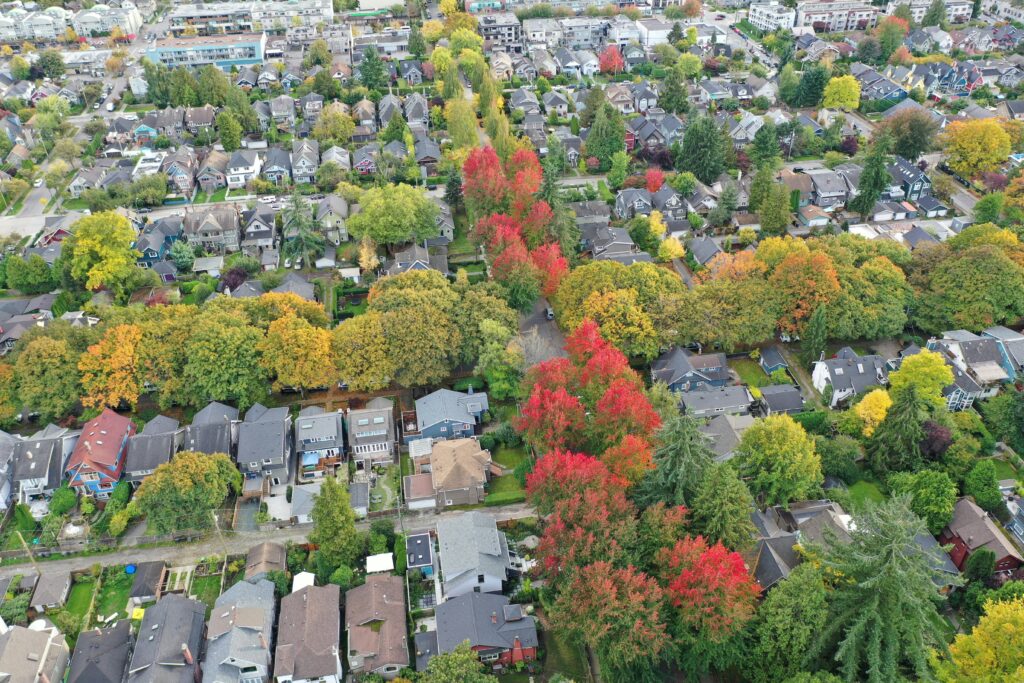Opinion: Why Urban Forests Are Key to Fighting Climate Change

Vancouver B.C. Photo: Sohie_N via Unsplash
The following column appeared previously in the Daily Hampshire Gazette.
In case you haven’t noticed the record rain and flooding this summer, or the 50 degree days in January, climate change is upon us. The effects of this global crisis have arrived, now the question becomes how to build resilience, while lowering emissions to prevent further warming.
In Massachusetts, we have made a legal requirement to achieve net-zero greenhouse gas emissions by 2050. A recent article in the Daily Hampshire Gazette, “New reports inform emissions fighting debate: Forests play a key role” [January 4] speaks to the importance of forests in reducing carbon emissions, as our state’s forests absorb over 1.2 gigatons of carbon.
Fifty-six percent of land in Massacusttes is forested, which includes the many urban forests maintained by cities and towns across the commonwealth. Passive management strategies generally are best for allowing our forests to age and capture the most carbon. However, tree planting, biodiversity efforts and wood resource management, such as wood banks, are important management strategies that tree committees and tree wardens across our state are working to address with limited resources and staffing.
Public trees across our state are managed by a variety of volunteer and public works resources, but a significant amount of forested lands across Massachusetts is privately owned and receives differing levels of maintenance, and are often subject to development for everything from solar fields to upscale neighborhoods.
The removal of large swaths of trees, both in forests and neighborhoods, subtracts these stocks from our collective resources and can potentially hinder our ability to capture carbon and meet our net-zero goals. Let’s look for ways to preserve and grow our forests, public and private, urban and rural, to meet the challenge of today’s climate crisis.
Julian Hynes
Julian Hynes is Vice chair of the Amherst Public Shade Tree Committee

We used local wood as our primary heat source for decades. That said, when we learned about the Climate Crisis in the early 1990s it became apparent we were on the wrong track. Truth be known, unless one has the latest top of the line wood stove, burning wood is dirtier than coal. Not only that, those trees being disregarded and destroyed in untold numbers are some of the very best natural carbon capture entities around us. Trees & forests, according to our own MA state study notes: “Unsurprisingly, disturbing the forests of Massachusetts as little as possible and allowing forests to grow and age through passive management is generally the best approach for maximizing carbon, ecological integrity, and soil health.” Do we really want to start making “wood banks” as described above? I think not.
Yes, “Let’s look for ways to preserve and grow our forests, public and private, urban and rural, to meet the challenge of today’s climate crisis” as the writer has stated. And, let us always keep in mind that the Climate Crisis is the greatest existential of our time. We must do all we can to help make a livable world for our children and future generations. Business-as-usual is no longer an option.